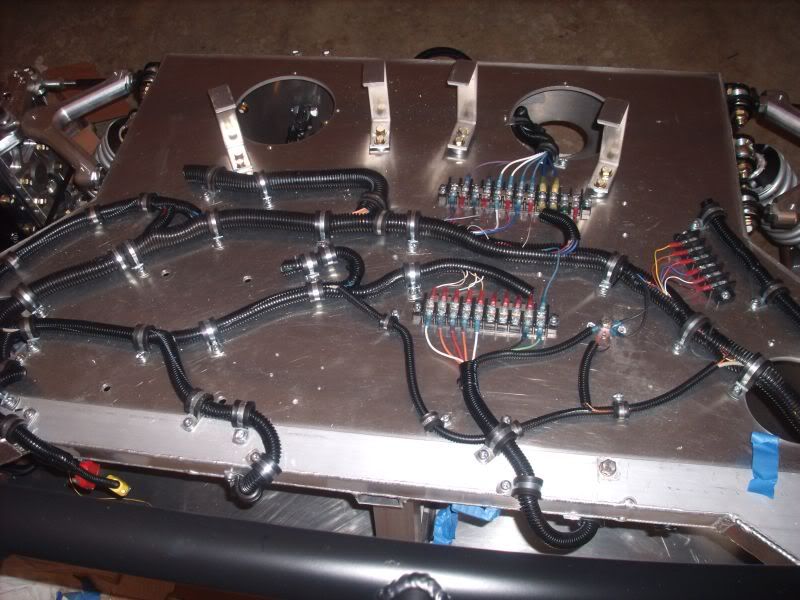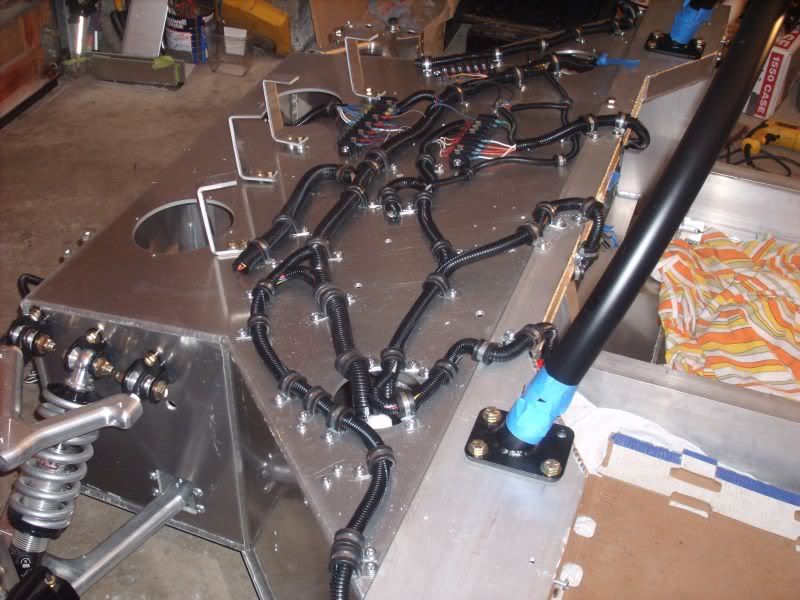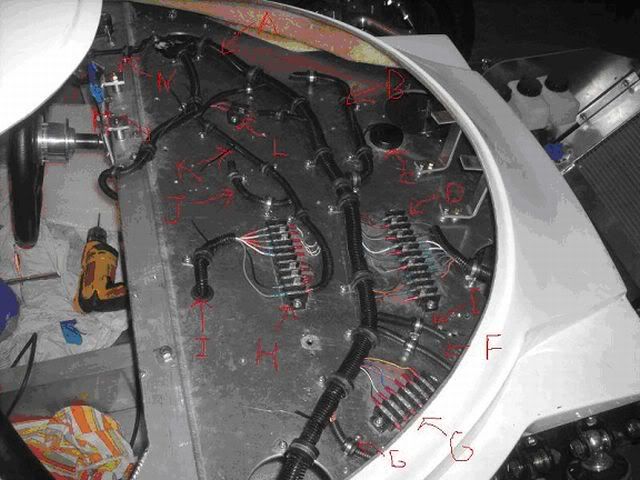In terms of power wires:
Carlos , Adrian,
what is the difference of running the main battery wire to your fuse panel right in front of the relais block and from there to your aux´s, compared to running the main battery wire to the ISIS master control box and from there to your aux´s ? It is exactly the same except the short power wires from fusebox to relaisblock. As soon you need more than 10 circuits ( and one circuit is one one/off function) you need to run a second battery wire to the second master control box ( especially if you place it close to the aux´s on the other end of the car ( which you could do the very same way with a split relais block) it. ISIS also recommend to put their mega fuse block in front of each master control box.
So what is easier ?
Alex
In terms of 4 way flasher i used this box, which has the same features as the ISIS for the turnsignal control, but with adjustable timing ( not fixed 20s). As easy to wire and works great.
Electro-Tech Products Page
TOM
Carlos , Adrian,
what is the difference of running the main battery wire to your fuse panel right in front of the relais block and from there to your aux´s, compared to running the main battery wire to the ISIS master control box and from there to your aux´s ? It is exactly the same except the short power wires from fusebox to relaisblock. As soon you need more than 10 circuits ( and one circuit is one one/off function) you need to run a second battery wire to the second master control box ( especially if you place it close to the aux´s on the other end of the car ( which you could do the very same way with a split relais block) it. ISIS also recommend to put their mega fuse block in front of each master control box.
So what is easier ?
Alex
In terms of 4 way flasher i used this box, which has the same features as the ISIS for the turnsignal control, but with adjustable timing ( not fixed 20s). As easy to wire and works great.
Electro-Tech Products Page
TOM





